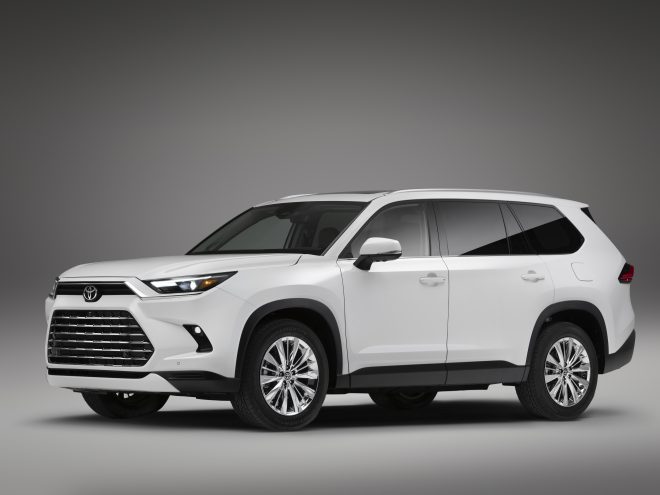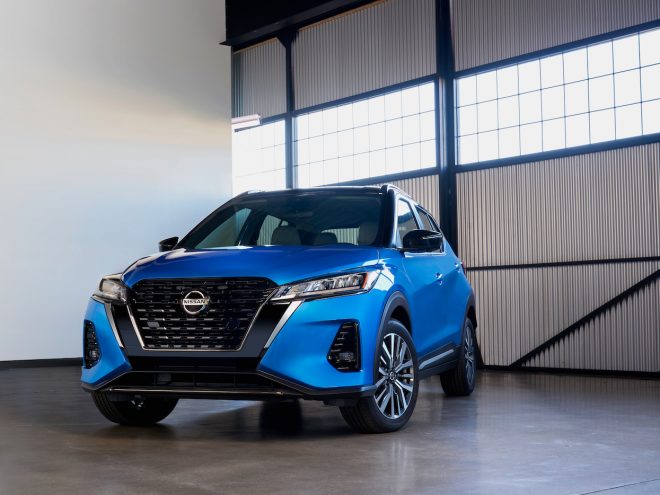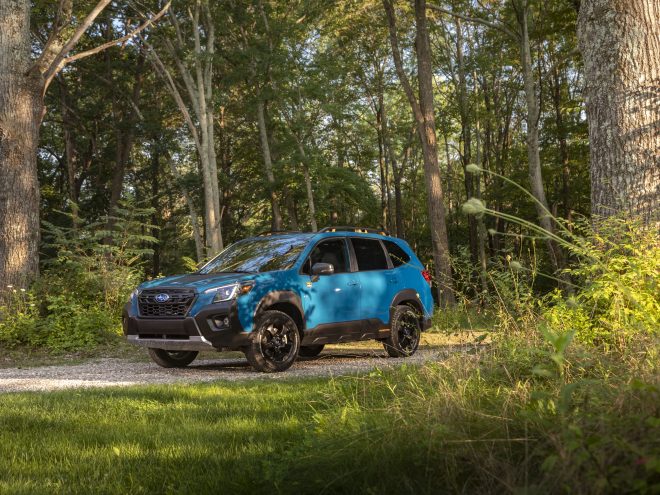
Motorcycle Accident Prevention: Tips for Nighttime Riding and Visibility
Riding a motorcycle at night can be an exhilarating experience, with the open road and the the moon and stars overhead. However, nighttime riding presents unique challenges and increased risks compared to daytime riding. Reduced visibility, impaired depth perception, and the presence of potentially distracted or fatigued drivers all contribute to the heightened danger. In the case you do end up in a motorcycle accident even after following these tips due to the negligence of the other driver, contact a Buffalo motorcycle accident attorney to ensure you get the compensation you deserve.
Understanding the Challenges
Before delving into prevention strategies, it’s crucial to understand the specific challenges riders face when navigating the roads at night. Reduced visibility is perhaps the most significant hurdle, as ambient lighting is significantly diminished compared to daylight hours. This can make it harder for riders to spot hazards on the road, such as debris, potholes, or animals.
Additionally, the glare from oncoming headlights can pose a significant distraction and temporarily impair vision. Furthermore, the human eye’s ability to perceive depth and distance is compromised in low-light conditions, making it more challenging to gauge speed and proximity to other vehicles. Some vehicles or people may even avoid traffic laws since there is a lot less people on the road and the driver believes it won’t impact anyone.
Tips for Enhancing Visibility
- Invest in High-Visibility Gear: Wearing brightly colored or reflective clothing can significantly increase a rider’s visibility to other motorists, even in low-light conditions. Opt for jackets, helmets, and vests with reflective strips or panels that illuminate when headlights shine upon them.
- Install Auxiliary Lighting: Supplementing your motorcycle’s stock lighting with additional headlights, fog lights, or auxiliary LED strips can enhance your visibility to other road users. Aim the lights to illuminate both the immediate road ahead and your periphery, increasing your overall visibility.
- Use Reflective Tape: Applying reflective tape to strategic areas of your motorcycle, such as the rims, fairings, or panniers, can make your bike more conspicuous to other drivers. Choose reflective tape with high visibility and durability to ensure effectiveness in varying weather conditions.
- Keep Your Headlights Clean and Aligned: Ensure that your motorcycle’s headlights are clean, properly aligned, and in good working condition. Dim or misaligned headlights can significantly reduce visibility and compromise your safety, especially at night.
- Stay Out of Blind Spots: Be proactive in positioning yourself to avoid other vehicles’ blind spots, especially larger vehicles like trucks or buses. Maintain a safe following distance and use your mirrors frequently to monitor surrounding traffic.
- Use Reflective Markers for Parking: When parking your motorcycle at night, consider using reflective markers or flags to increase its visibility to other motorists, reducing the risk of accidental collisions in parking lots or dimly lit areas.
Mitigating Risks
- Ride Defensively: Adopt a defensive riding mindset, anticipating potential hazards and adapting your speed and position accordingly. Be especially cautious at intersections, where many accidents occur, and exercise extra vigilance when approaching junctions or making turns.
- Avoid Fatigue: Fatigue can impair your reaction times and decision-making abilities, significantly increasing the risk of accidents, especially during nighttime riding. Prioritize adequate rest before embarking on long rides and take regular breaks to combat fatigue.
- Stay Sober: Riding under the influence of alcohol or drugs is never safe, but the risks are compounded at night when visibility is already compromised. Even small amounts of alcohol can impair your judgment and coordination, making it essential to ride sober at all times.
- Plan Your Route: Familiarize yourself with your intended route before setting out, noting any areas with poor lighting, high traffic volumes, or known hazards. Consider alternative routes or adjustments to your travel schedule to minimize exposure to riskier conditions.
Conclusion
Motorcycle accident prevention during nighttime riding hinges on enhancing visibility and mitigating associated risks. By incorporating high-visibility gear, auxiliary lighting, and reflective markings, riders can increase their conspicuity to other road users, reducing the likelihood of accidents. Additionally, practicing defensive riding techniques, prioritizing rest, and avoiding impaired riding conditions are essential for safe nighttime journeys. Ultimately, maintaining awareness, preparedness, and vigilance are paramount for enjoying the thrill of nighttime riding while prioritizing safety above all else.









